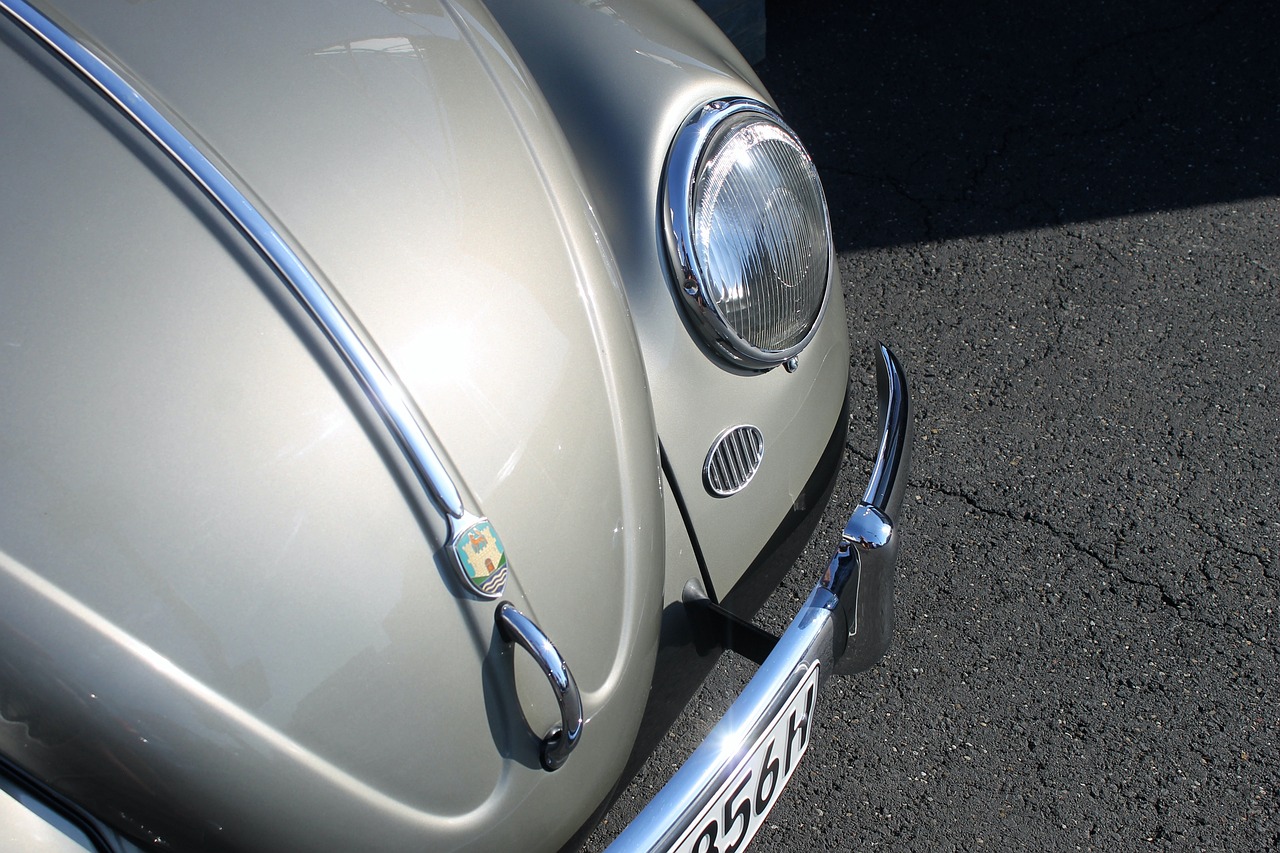The Influence of Automotive Museums on Preserving Classic Car Culture
Classic cars hold a special place in the hearts of enthusiasts and collectors alike. These vintage vehicles serve as tangible links to our past, showcasing the innovative designs and technological advancements of bygone eras. From the elegant curves of a 1950s Cadillac to the raw power of a muscle car from the 1960s, classic cars embody the essence of automotive excellence and craftsmanship.
Beyond their aesthetic appeal, classic cars also play a crucial role in preserving our automotive heritage. These vehicles provide valuable insights into the cultural, social, and economic landscapes of the time periods in which they were produced. By maintaining and showcasing classic cars, we not only celebrate the ingenuity of the past but also ensure that future generations have the opportunity to experience and appreciate these automotive treasures.
Preservation Efforts by Automotive Museums
Automotive museums play a pivotal role in preserving the rich history of classic cars. These institutions meticulously maintain and showcase vintage vehicles, ensuring that future generations can appreciate the craftsmanship and innovation of bygone eras. By housing these automotive treasures, museums serve as a time capsule, allowing visitors to step back in time and witness the evolution of automotive design and technology.
Moreover, automotive museums contribute significantly to the cultural heritage of the automotive industry. Through educational programs, interactive exhibits, and restoration projects, these institutions aim to foster a deeper understanding and appreciation for classic cars. By engaging with enthusiasts, collectors, and the general public, automotive museums help to safeguard the legacy of iconic vehicles and ensure that their historical significance is not forgotten.
Why are classic cars considered historically significant?
Classic cars are considered historically significant because they represent milestones in automotive technology, design, and culture. They provide insight into the evolution of transportation and the impact of automobiles on society.
What preservation efforts are undertaken by automotive museums?
Automotive museums undertake various preservation efforts to ensure the longevity of classic cars. These efforts can include regular maintenance, climate control to prevent deterioration, proper storage, and restoration projects to restore cars to their original condition.
Why is it important for automotive museums to preserve classic cars?
It is important for automotive museums to preserve classic cars because they serve as a valuable record of automotive history. By preserving these vehicles, museums can educate future generations about the significance of automobiles and their impact on society.
How do automotive museums obtain classic cars for preservation?
Automotive museums often obtain classic cars through donations, loans, or purchases. Some museums may also collaborate with collectors or enthusiasts to acquire specific vehicles for their collections.
Can the public contribute to preservation efforts at automotive museums?
Yes, the public can contribute to preservation efforts at automotive museums through donations, volunteering, or participating in fundraising events. By supporting these efforts, individuals can help ensure that classic cars are preserved for future generations to enjoy.





